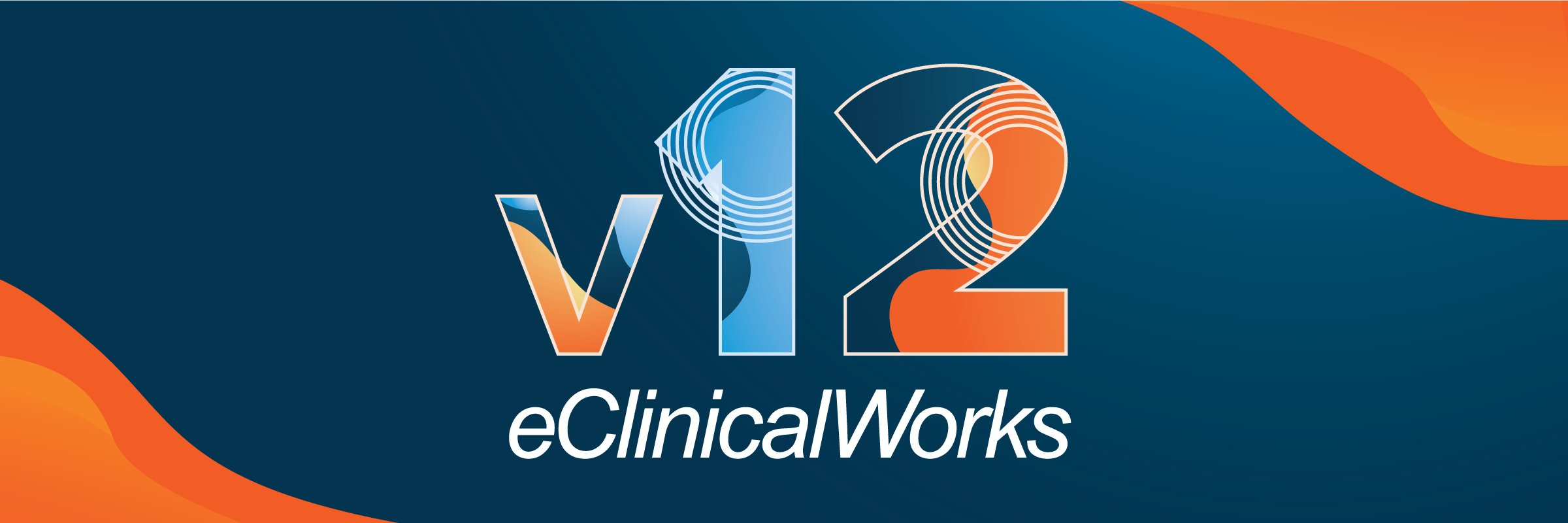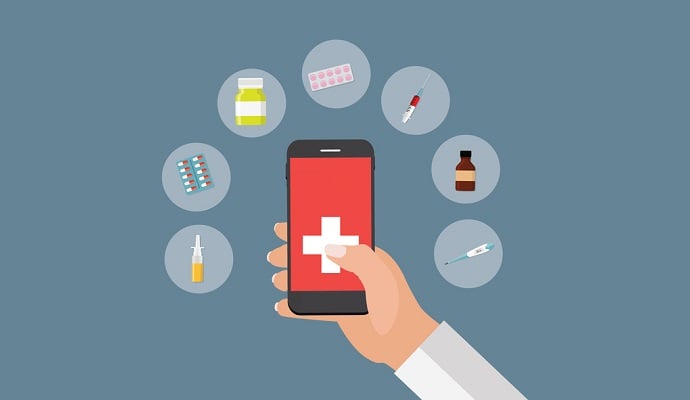The Short Answer? The Same, But Different.
For one thing, there’s a reason those who are professionals in medicine call what they do a “practice”. In a nutshell, the human body is continuously being reverse-engineered from the top down. Have you ever been to a mechanic? Well, they operate from blueprints provided right out of the hands of the manufacturer, and they still make mistakes.
Mechanical relationships are very complex, but they’re not nearly so complex as the human body. Here’s the thing: when mechanics have the blueprints available, there are still situations where you’ll go to get work done on your car, and the most skilled tinkerer in the world makes a simple, avoidable mistake based on his own human error. The same is true of medicine.
As much as we know in medical science through technology that has revolutionized understanding, we still don’t know the half of it. Just look at how ham-fisted groups like the WHO have been over the last year contending with the “panic”. But don’t be too hard on them. Mechanics have blueprints for vehicles. The WHO doesn’t have that on humans.
So it’s worth noting remote segues that have come since 2020 are likely to continue. Here, we’re going to emphasize the way it’s expected medicine is likely to shift in the following year, and into the future. It’ll be the same, but stratified through modern technological solutions facilitating decentralized education, examination, and treatment in some cases.
An Increased Emphasis on Remote Options Like Telemedicine
Telemedicine makes it possible for remote examination of patients. Appointments can be done through the computer, and in some situations even diagnoses are made. You’ve likely already seen this sort of thing throughout 2020. Owing to Microsoft’s Zoom option, which is basically a more streamlined version of Skype, many have already had remote exams.
As medicine and technology develop, it’s conceivable that things like drone technology will make it possible to deliver remote-controlled surgery “robots” that can be used by doctors from a centralized hospital to complete complex surgery even hundreds of miles away.
Well, that day isn’t here yet, but the technology already exists. Selling it and facilitating infrastructure to that end is the difficulty. Lockdown procedures provide motivation to establish such infrastructure.
Concentration on Fundamentally Necessary Health Services
Because of the impact of that particular virus labeled COVID-19, many medical institutions put a hiatus on medical procedures considered “non-essential”. That’s going to continue, and infrastructural bureaucracy surrounding medicine will become more dense over the next decade.
Even Education Will Take On a Decentralized Component
Education decentralization through online courses was already a big trend prior to the lockdown. In point of fact, as the internet became prominent, this wing of learning developed. Owing to the expansion of solutions like Zoom, and the modern necessity for online learning, this convention will become more prominent.
This may be for the better in terms of cost and effectiveness overall. If you’re interested in modern conventions in terms of decentralized remote medical education, you can learn more with Lecturio—learning both directly and indirectly. Indirectly through exploring the software, directly through using it for education.
This is one of many options that will come to dominate not just medicine, but remote education as a whole. Such options are fundamentally necessary, as decentralization would otherwise destroy any possibility of mainstream public education. If there weren’t some top-tier remote learning option easily available to those who need it, how could normal learning resume?
Increased Influence on Daily Life Through Passports
The topic of vaccine passports isn’t just moonshine or conspiracy; it’s knocking on the back door of the first world. If it’s allowed entry, it will just establish a trend where different sorts of medical inoculation will give those who’ve got the paperwork different sorts of access to varying areas across the world. Expect medical inspections and gatekeepers.
A New Spin on Old Best Practices
Essentially, the infrastructure and bureaucracy of physical offices is being transported to the internet. It’s being decentralized. Zoom, and solutions like Lecturio, telemedicine, and vaccine passports are all in the wings waiting for social prominence.
The future of healthcare will be something designed from the top-down to more efficiently engage individuals of all kinds across all strata of society worldwide, and through full utilization of decentralized technological solutions.
--
Ashley Lipman
Ashley Lipman is an award-winning writer who discovered her passion for providing knowledge to readers worldwide on topics closest to her heart - all things digital. Since her first high school award in Creative Writing, she continues to deliver awesome content through various niches touching the digital sphere.







